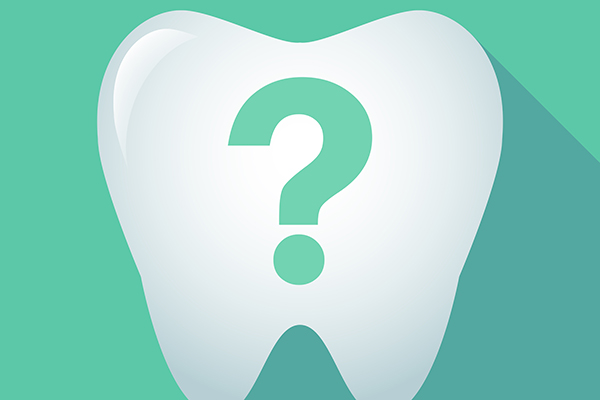 Every person has unique reasons for seeking orthodontics. Some seek treatment to enhance the way that their smile looks, while others might want to address more serious issues, like not being able to speak properly due to teeth misalignment. Dentists often recommend orthodontics if they notice abnormalities like poor teeth alignment or a lack of space in the jaw.
Every person has unique reasons for seeking orthodontics. Some seek treatment to enhance the way that their smile looks, while others might want to address more serious issues, like not being able to speak properly due to teeth misalignment. Dentists often recommend orthodontics if they notice abnormalities like poor teeth alignment or a lack of space in the jaw.
Reasons to consider orthodontic treatment
Braces were once the only way to straighten teeth, but that is no longer the case. Clear aligners are part of a more discreet approach to improving teeth alignment, so those who are worried about having metal wires and brackets on their teeth have subtler options to choose from. Reasons that a person might need orthodontics to improve their teeth alignment include the following.
1. Noticeable bite issues
Misalignment issues like an overbite or underbite can ruin a person’s appearance. Such bite issues also put more stress on teeth than they are designed to handle, which can lead to their structures becoming damaged.
Braces or clear aligners can be used to fix poorly aligned teeth, but braces tend to be recommended for the most severe cases because they can address bad teeth alignment caused by the patient’s jaw being in an abnormal position.
2. Decay-prone teeth
Having poor alignment makes it harder to clean teeth. It creates nooks and crannies that are hard to reach with a toothbrush or dental floss. Some teeth might overlap others, making the problem even worse.
Dentists will examine patients who are more vulnerable to tooth decay than others to determine if poor teeth alignment is responsible for their frequent issues. Straightening the teeth can make it easier for these patients to clean their teeth, giving them extra protection against tooth decay. Tooth decay and gum disease are caused by the same strain of oral bacteria, so people who often find themselves dealing with decaying teeth are more likely to develop gum disease as well.
3. Speech impediments
Poorly aligned teeth have also been linked to speech impediments. Teeth play an important role during speech, as the tongue pushes against them when pronouncing certain words. Teeth also help keep the tongue in its proper position.
Anyone with severely misaligned teeth is more likely to experience issues with their speech. Straightening their teeth can be a huge part of the solution.
4. Jaw pain
Poor teeth alignment puts stress on the temporomandibular joints (TMJs), which connect the lower and upper skull. Correcting the patient’s bite issues allows their teeth to come together properly when their mouth is closed, reducing the pressure on their TMJs. Other issues that fixing teeth alignment can help alleviate include difficulty swallowing, sleep apnea, and teeth grinding.
Explore your options
Want a straighter smile? Call us or visit our Brooklyn clinic to set up a consultation with our dentist and explore your options.
Request an appointment or call Brooklyn Heights Orthodontics: Susan Liebman, DMD at 718-416-6368 for an appointment in our Brooklyn office.
Recent Posts
Orthodontics takes commitment and patience on the part of the patient and their dentist. The process requires you to invest your time, mental energy, and money in the quest for an improved smile. The good news is that your investment can pay off in a big way. Your oral health can improve, your confidence can…
Orthodontics typically involves wearing oral appliances like braces or clear aligners in order to straighten teeth. These devices work by constantly pushing on the wearer’s teeth, moving them to more desirable positions over time. Teeth misalignment can lead to a less aesthetically pleasing smile and a variety of oral issues, like gum disease. Getting appropriate…
There are several myths and misconceptions about orthodontics. This is the process of correcting teeth alignment issues using appliances like clear alignments and metal braces. Treatment with orthodontics sometimes also leads to improvements in a person’s facial structure and appearance.Misaligned teeth can ruin how a smile looks and can also increase the risk of issues…


